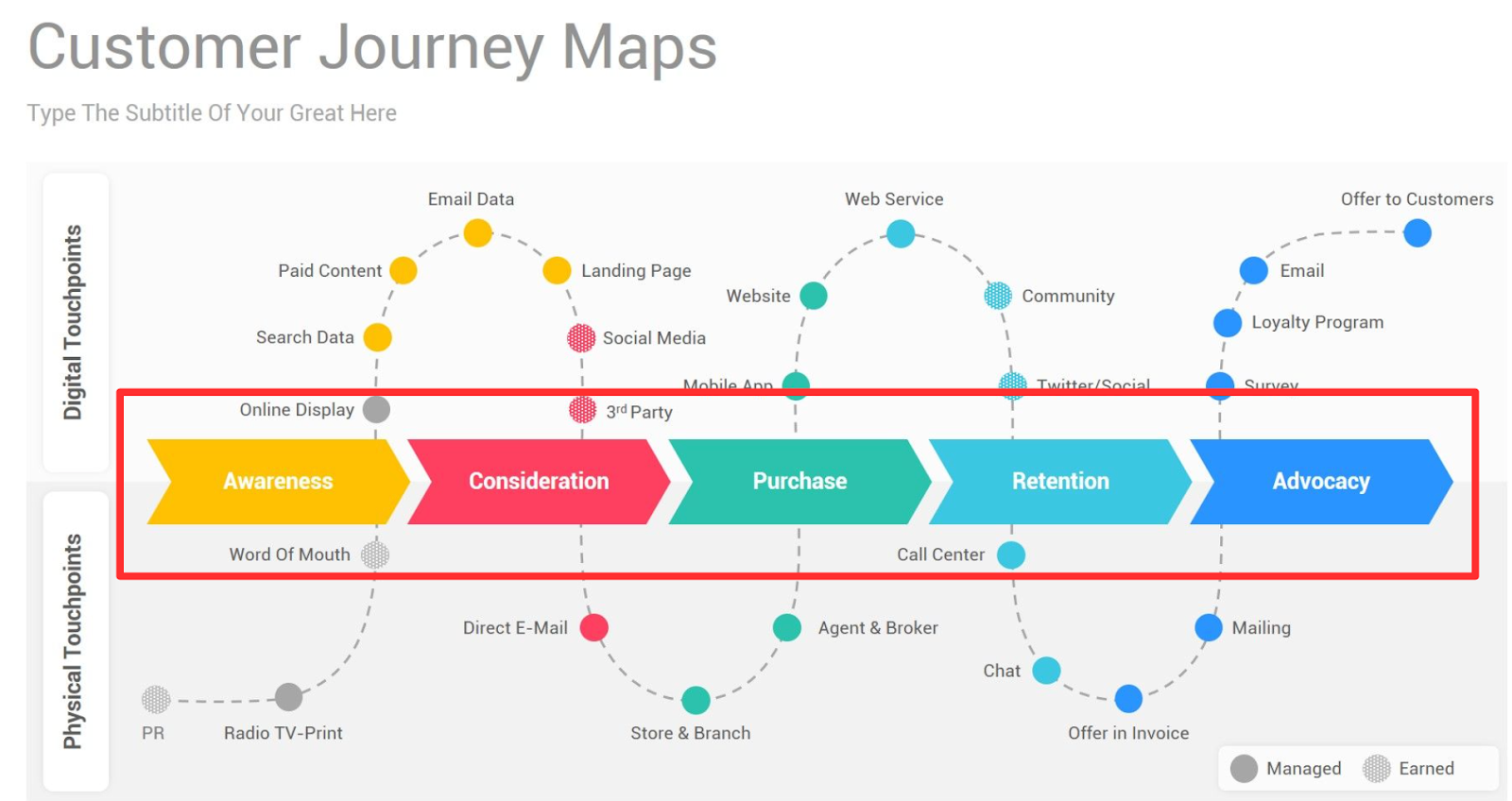In today’s data-driven world, marketing analytics jobs have become increasingly vital for businesses aiming to understand consumer behavior and optimize their marketing strategies. These roles require a unique blend of skills, from data analysis to strategic thinking, and offer a variety of opportunities for career growth. As companies continue to invest in data analytics, the demand for skilled professionals in this field is on the rise. This article explores the key skills required for marketing analytics jobs, the various roles available, emerging opportunities, and how to prepare for a successful career in this dynamic field.
Key Skills Required for Marketing Analytics Jobs
To excel in marketing analytics jobs, professionals need a diverse set of skills. First and foremost, strong analytical abilities are crucial. This includes proficiency in data analysis tools such as Excel, SQL, and Python. These tools help in interpreting complex data sets and deriving actionable insights.
In addition to technical skills, marketing analysts must possess excellent communication skills. They need to convey complex data findings to non-technical stakeholders in a clear and concise manner. This often involves creating visualizations and reports that highlight key insights and recommendations.
Another essential skill is a deep understanding of marketing principles. Knowledge of consumer behavior, market research, and digital marketing strategies is vital. This helps analysts align their insights with business goals and make informed recommendations.
Problem-solving skills are also critical in marketing analytics jobs. Analysts often face challenges such as incomplete data or unexpected trends. The ability to think critically and develop creative solutions is invaluable in these situations.
Finally, attention to detail is a must. Marketing analysts work with large volumes of data, and even small errors can lead to incorrect conclusions. A meticulous approach ensures accuracy and reliability in their analyses.
Exploring Various Roles in Marketing Analytics
Marketing analytics offers a wide range of roles, each with its own set of responsibilities and focus areas. One common role is that of a Marketing Data Analyst. These professionals analyze data to identify trends and patterns, helping businesses make data-driven decisions.
Another role is the Marketing Research Analyst. These analysts focus on gathering and interpreting data related to consumer preferences and market trends. Their insights guide product development and marketing strategies.
Digital Marketing Analysts specialize in analyzing online marketing campaigns. They assess the performance of digital channels such as social media, email, and search engines. Their goal is to optimize these channels for better engagement and conversion rates.
Marketing Operations Analysts work on improving the efficiency of marketing processes. They analyze workflows, identify bottlenecks, and recommend improvements. This role often involves working closely with marketing and sales teams to streamline operations.
Lastly, there are Marketing Strategy Analysts who focus on the big picture. They use data to develop long-term marketing strategies that align with business objectives. This role requires a strategic mindset and the ability to see beyond immediate data trends.
Emerging Opportunities in the Marketing Analytics Field
The field of marketing analytics is constantly evolving, with new opportunities emerging as technology advances. One such opportunity is in the area of artificial intelligence (AI) and machine learning. These technologies are transforming how businesses analyze data and predict consumer behavior.
Another emerging opportunity is in the realm of customer experience analytics. Companies are increasingly focusing on understanding the entire customer journey. This involves analyzing data from multiple touchpoints to enhance customer satisfaction and loyalty.
The rise of big data has also created opportunities in data integration and management. Marketing analysts are now tasked with integrating data from various sources to provide a holistic view of the customer. This requires expertise in data warehousing and data governance.
Additionally, there is a growing demand for professionals skilled in predictive analytics. Businesses want to anticipate future trends and consumer needs. Predictive analytics helps in forecasting demand, optimizing pricing strategies, and improving inventory management.
Finally, the increasing importance of data privacy and security presents opportunities in compliance and risk management. Marketing analysts must ensure that data collection and analysis comply with regulations such as GDPR and CCPA.

Preparing for a Career in Marketing Analytics
Aspiring marketing analysts can take several steps to prepare for a successful career in this field. First, obtaining a relevant degree is beneficial. Degrees in marketing, business, or data science provide a strong foundation in both analytical and marketing principles.
Gaining practical experience is equally important. Internships or entry-level positions in marketing or data analysis offer hands-on experience and exposure to real-world challenges. This experience is invaluable when applying for more advanced roles.
Continuous learning is crucial in the ever-evolving field of marketing analytics. Professionals should stay updated with the latest tools and technologies. Online courses and certifications in data analysis, digital marketing, and AI can enhance skills and boost employability.
Networking is another key aspect of career preparation. Joining professional organizations and attending industry conferences can help build connections and stay informed about industry trends. Networking can also lead to job opportunities and collaborations.
Finally, developing a strong portfolio is essential. A portfolio showcasing successful projects and case studies demonstrates expertise and problem-solving abilities. It serves as a powerful tool during job interviews and can set candidates apart from the competition.
In conclusion, marketing analytics jobs offer a dynamic and rewarding career path for those with the right skills and mindset. By understanding the key skills required, exploring various roles, staying informed about emerging opportunities, and preparing effectively, professionals can thrive in this exciting field. As businesses continue to prioritize data-driven decision-making, the demand for skilled marketing analysts will only continue to grow.












